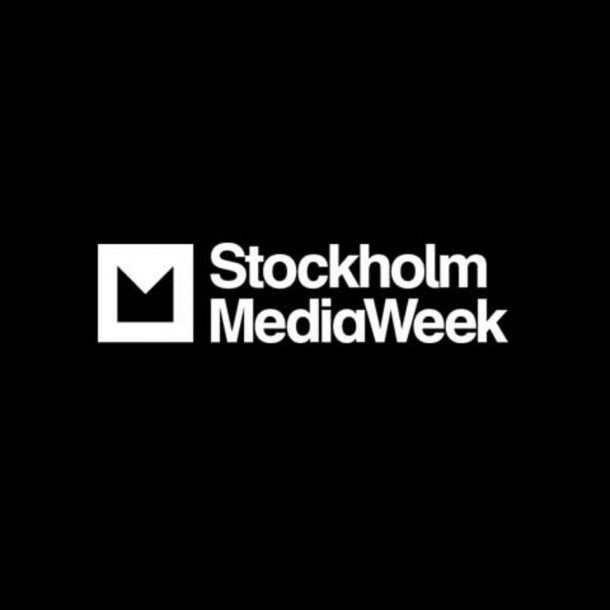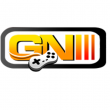Esports represented at the yearly Stockholm Media Week
Whilst it slipped under the radar for a large amount of esports fans, the yearly Stockholm Media Week, a event where various personalities and experts within the realm of any media, be it bloggers, media agencies, film makers and advertisers hold seminars on various topics started last week. This year, esports was included as a presentation and featured everything from players to advertisers.
One of the presentation’s strongest aspects was the fact that the various members of the panel were a very diverse group of people, outsiders looking in like the copywriter Hedvig Hagwall Bruckner who works with the Swedish media agency King has helped develop the advertisements for ComHem, a Swedish ISP who also sponsor the ongoing Fragbite Masters tournament. Bruckner who has had 0 exposure to the esports phenomenon until her work with Fragbite was extremely adamant about the possibilities esports has in terms of advertisements, but also posed to say why she personally was convinced over why larger investors have not yet entered into its realm: “I know the athletes themselves don’t consider it a problem, but pitching the idea of a game where active violence is a part of the game is something that makes investors uneasy.”
On the same token, the experience Kelby May of the Good Game Agency brought to an audience made up of mostly people uneducated on the realm of esports showcased the subsequent power and availability of esports current market. “Viewers doubled in the span of a year and viewer aggregators for the tournaments online saw a unique viewer count of 71 million, and all the tournaments combined provided a total of 25 million in prize purses.” these numbers were presented in a very flashy powerpoint presentation by May and showed the almost infinite possibilities the esports market truly has in terms of reach.
Following May were Robin 'Fifflaren' Johansson and Jonathan 'Loda' Berg, two of Sweden’s most accomplished pro-gamers where they described their lives as professional gamers to the event’s two hosts as well as explaining the platform they themselves can offer advertisers, and what kind of sponsors they could see themselves being sponsored by, or sponsors they’d decline.
“I look very positively on working with sponsors, but I feel like a personal sponsor must care about what I do personally, or something that relates to me and my brand. So a cap manufacturer would be relevant in my case.”, the Dota 2 player said with a smile.
Most insight into the business realm of the entire panel however, came from Dreamhack’s head of esports Thomas Hermansson and Fragbite’s Pontus Eskillson. Both of their companies have approached esports in a different fashion, but both are finding success on their own terms with massive sponsorships from domestic companies such as Telia and ComHem, as well as international brands such as Monster Energy. Despite this, both of them admitted that setting a number on the overall worth of esports is close to impossible. “Evaluating the worth of the market is really hard, the only statistics we go after are viewers currently.”
What they could explain to the audience however was the different streams of revenue to anyone investing in esports could hope for in a substantial manner, and what they can offer their investors.
“I think our market is very centered around companies directly related to PC gaming, but not a lot of ‘outside’ mainstream sponsors. We can offer a lot however, with over 70,000 visitors per year from the festival alone makes it a very efficient way to get noticed, and on the esports front we broadcast to 10 million people a year, and the number increases explosively every year; we saw a growth of 300% over the past two years. And to those viewers there are many different options to invest in and to reach out to them, whether it being pre-rolls on Twitch or simply sponsoring the events", said Hermansson.
When the topic of what a company that decides to invest into esports should take heed of, both Eskilsson and Hermansson answered unanimously that being transparent and honest with the community is the route to success, and cited Telia as a perfect example of a sponsor that’s turned its image around in Swedish esports.
“Telia is the best sponsor in Swedish esports. They started small and were loathed at first, but now they are seen a solid contributor in Swedish esports after being consistent with their involvement in both the community and sponsoring teams and events. If you want to invest you need to listen to the community of the game you invest in. You need to be able to adapt to their needs since it’s still a very tiny community really, and you need to be able to direct yourself very well towards them.”
As the presentation concluded, I talked to one of the main proponents behind the esports segment of Stockholm Media Week, Staffan Slörner a day after it had concluded. “So far we have received extremely positive feedback to the entire idea, which makes it feel like we succeeded in our goal to educate Sweden’s collective media agencies in showing what esports actually is, and what a essentially untapped market it currently is.”
When asked about whether or not a company that wishes to reach the 18-25 demographic should consider paying attention to esports, Slörner says that they have to pay attention to competitive gaming. “In today’s age, when all other forms of media consumption are losing popularity, and the interest for esports is increasing for every year that passes, you’d be mad not to at least test the waters. The main issue right now is that there are still a lot of preconceived notions about esports and the nature of some of the titles: But I see this trend lessening the more esports gets a chance to establish itself.”
Image Credit: Stockholm Media Week









